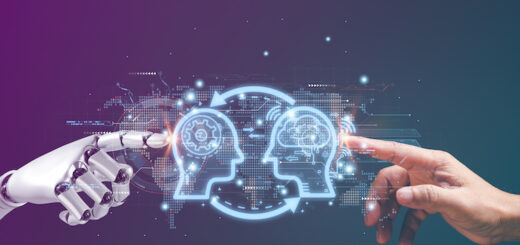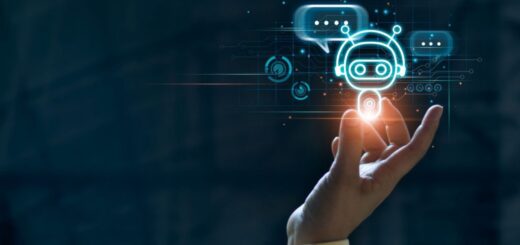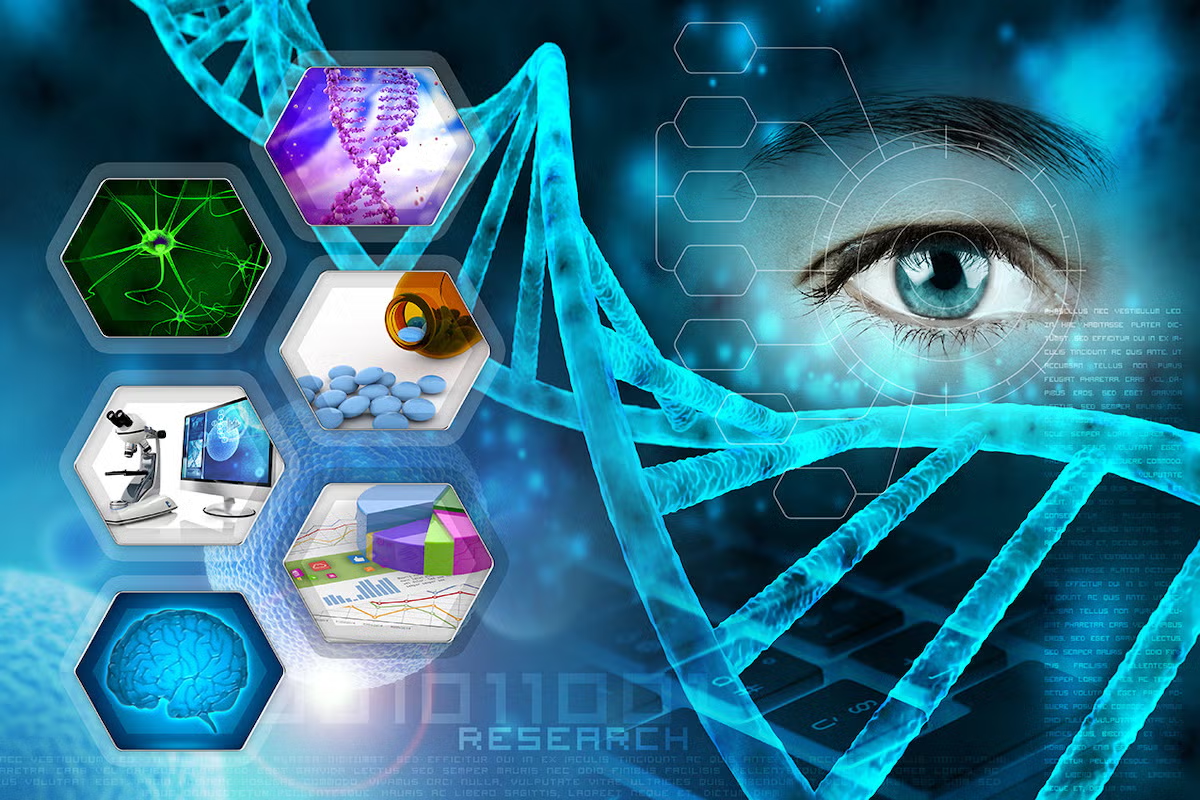Pushing the Boundaries of AI: The Rise of Self-Supervised Learning

The evolution of artificial intelligence has been largely driven by the availability of massive labeled datasets, allowing supervised learning models to make accurate predictions. However, labeling data is both costly and time-consuming, limiting AI’s ability to scale across new domains. To overcome this, researchers have been making significant strides in self-supervised learning (SSL)—a paradigm that allows AI to learn from raw, unlabeled data without the need for human annotation.
Self-supervised learning is enabling AI systems to understand language, recognize images, and analyze complex patterns more efficiently than ever before. By eliminating the reliance on pre-labeled datasets, AI models can generalize better, making them more adaptable, scalable, and resource-efficient. This breakthrough is already impacting fields such as natural language processing, robotics, and computer vision, pushing AI toward more human-like intelligence.
In this article, we explore how self-supervised learning is transforming AI research, its real-world applications, and the challenges that remain in refining this revolutionary approach.
1. What is Self-Supervised Learning and Why Does It Matter?
Traditional machine learning methods fall into three categories:
- Supervised Learning – Requires large amounts of labeled data, making it expensive and labor-intensive.
- Unsupervised Learning – Finds patterns in data but lacks structured feedback, limiting accuracy.
- Reinforcement Learning – Teaches AI through trial and error, but is computationally expensive and difficult to scale.
Self-supervised learning (SSL) bridges the gap between these approaches. Instead of relying on labeled data, SSL trains AI models by creating its own labels from raw input data, allowing it to extract meaningful features and representations autonomously.
A. How Self-Supervised Learning Works
- AI models generate pseudo-labels by creating tasks where the correct answers are already embedded in the data.
- In language models, for example, SSL can be trained to predict missing words in a sentence, allowing it to learn syntax, grammar, and meaning without external supervision.
- In computer vision, SSL models can predict missing parts of an image, determine object rotations, or learn spatial relationships without human-annotated labels.
This approach allows AI to learn from unstructured data, making it far more efficient than traditional supervised learning techniques.
2. The Impact of Self-Supervised Learning on AI Research
Self-supervised learning is unlocking new capabilities in AI, making it possible to train models on diverse, real-world data without expensive labeling efforts.
A. Transforming Natural Language Processing (NLP)
The most famous examples of SSL in action are large-scale language models like GPT-3 and BERT, which learn by predicting missing words and sentence structures.
- SSL-powered models can generate human-like text, translate languages, and summarize articles with remarkable fluency.
- AI assistants and chatbots trained with SSL are becoming more conversational and context-aware, improving customer support and virtual assistant technologies.
- By continuously learning from unstructured text data, NLP models are now able to adapt to new topics and languages without explicit retraining.
B. Advancements in Computer Vision
- SSL-based vision models are learning to identify objects, detect patterns, and generate high-quality image representations without manual annotations.
- Self-supervised AI has been used in medical imaging, where it can analyze X-rays, CT scans, and MRIs to detect abnormalities without requiring radiologists to label thousands of images.
- In autonomous driving, SSL models are improving perception systems, enabling cars to understand their environment more accurately and react faster.
C. Robotics and Real-World Decision Making
One of the most promising areas for SSL is robotics, where AI models must learn from limited data and dynamic environments.
- Self-learning robots are being developed that can grasp objects, navigate environments, and perform complex tasks with minimal human guidance.
- Manufacturing robots are improving efficiency by adapting to new assembly processes without retraining on labeled datasets.
- In healthcare and assistive robotics, SSL is enabling AI-powered prosthetics and exoskeletons to adjust movements dynamically based on real-world feedback.
Self-supervised learning is paving the way for AI to reason, adapt, and generalize knowledge across different domains, moving closer to human-like intelligence.
3. Challenges and Ethical Considerations in Self-Supervised Learning
While self-supervised learning offers exciting possibilities, several challenges must be addressed before it can be widely adopted in real-world applications.
A. The Need for Large-Scale Computational Resources
- SSL models require massive amounts of computing power to process unstructured data efficiently.
- Training large SSL models demands high-performance GPUs and TPUs, making access to this technology cost-prohibitive for smaller organizations.
B. The Risk of Bias and Unintended Outcomes
- Since SSL models learn from raw, unfiltered data, they can inherit biases present in real-world datasets.
- AI models trained on internet data may develop stereotypical or biased language patterns, leading to unethical AI behavior.
- Researchers are developing fairness-aware AI techniques to reduce bias and ensure responsible AI deployment.
C. The Challenge of Explainability and Trust
- Self-supervised learning models often function as black boxes, making it difficult to understand why they make specific predictions.
- Developing explainable AI (XAI) techniques is crucial to ensure trust in AI decision-making, especially in healthcare, finance, and law enforcement applications.
Overcoming these challenges will be essential for scaling self-supervised AI systems while ensuring transparency, fairness, and accountability.
4. The Future of AI with Self-Supervised Learning
The introduction of self-supervised learning marks a turning point in AI research, enabling machines to learn from unstructured data more efficiently than ever before. The continued development of SSL will likely lead to:
- More adaptive AI models that continuously refine their understanding of language, vision, and reasoning.
- Smarter virtual assistants capable of answering complex queries and engaging in meaningful, multi-turn conversations.
- AI-powered scientific discovery, where SSL models help researchers analyze massive datasets in physics, biology, and materials science.
- Autonomous AI systems that improve themselves over time, requiring less human intervention and supervision.
As self-supervised learning becomes more refined, AI is moving closer to achieving more generalized intelligence, where models can learn and reason across diverse domains with minimal external supervision.
Final Thoughts: A New Era of AI Learning
Self-supervised learning represents a fundamental shift in how AI is trained and developed. By enabling models to learn from raw, unlabeled data, researchers are creating AI systems that are more flexible, efficient, and scalable than ever before.
While challenges remain in terms of bias, computational costs, and ethical deployment, the potential for SSL to redefine AI’s role in business, science, and technology is immense. As researchers continue refining this approach, we can expect AI to become more autonomous, adaptable, and capable of solving real-world problems with minimal human intervention.
The rise of self-supervised AI is not just an incremental improvement—it is a paradigm shift that will shape the next generation of intelligent systems.




